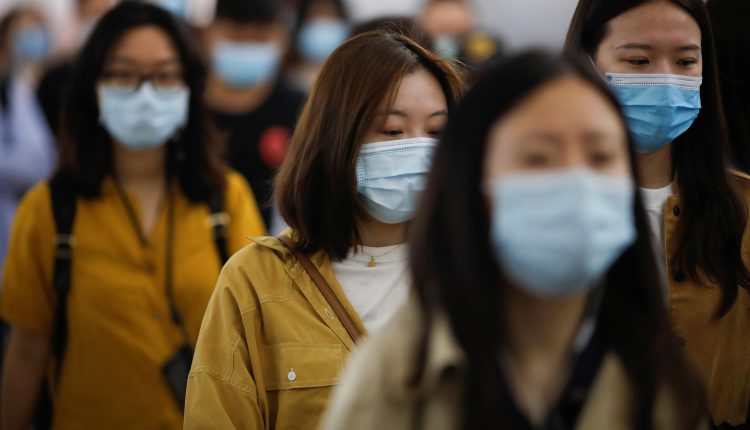While scientists are still learning about how the coronavirus moves between people, it seems to spread primarily through droplets, and potentially through aerosol particles in very close quarters, so what is the difference between N95s, Surgical Masks and Cloth Masks.
Droplets are large particles of liquid usually produced by someone who has coughed or sneezed. Because of their size, droplets usually do not travel very far before they fall onto a surface. This is how transmission can occur from a contaminated surface like a doorknob.
Aerosols on the other hand, are extremely small particles that are so light they can be suspended in the air for an extended period of time. In addition to being spread via coughs and sneezes, aerosols can also be released by talking or breathing.
N95 Masks
N95 masks, technically considered respirators, are named for their ability to filter 95% of particles in the environment using static electricity. To ensure their safety and efficacy, all N95s must be tested an approved by the National Institute for Occupational Safety and Health (NIOSH).
Unlike other forms of masks, N95s are tight-fitting and have to be fit-tested for each individual. Once properly fitted, the mask should be snug and create a seal against the skin with minimal leakage, which makes it very secure but also can be uncomfortable, Alba explains.
The static electricity coupled with the custom fit and minimal leakage makes the N95 an extremely effective mask, but they are not necessary for the general public, according to Alba. “N95s are critical supplies that should be reserved for health care workers and other first responders, otherwise we are putting them at tremendous risk.”
The CDC has also stated that the use of N95s is not recommended for the general public.
N95s are vital to protect health care workers providing direct patient care. Not only are they in very close contact with patients, but they often conduct procedures—such as intubations for ventilators—that increase their risk of infection by generating large amounts aerosolized particles.
Prior to COVID-19, N95s were typically used for patients with highly infectious, aerosolized respiratory diseases such as tuberculosis, and these masks would be discarded after each patient visit. Now, N95s are in such short supply that clinicians must use their respirator for the duration of their shift and have it decontaminated for reuse.
At Mass General and across the Mass General Brigham HealthCare systems, N95s are being decontaminated using a machine that generates vaporized hydrogen peroxide.
Surgical Masks
Surgical masks are the most commonly used masks at Mass General. “The benefit of the surgical mask is that it is fluid-resistant and can protect you against large droplets or splashed bodily fluids. Plus, it doesn’t require fit testing,” says Alba.
Unlike N95s, surgical masks do not protect against aerosols and are not sufficient protection when in direct contact with COVID patients during aerosol-generating procedures, he explains.
Surgical masks are an extremely valuable piece of PPE within the current COVID-19 pandemic. At Mass General, every person is required to wear a surgical mask upon entering the hospital because it can help trap droplets and prevent the spread of disease when the mask wearer coughs or sneezes. It can also protect staff from exposure to asymptomatic staff or patients who may not have been identified as having COVID-19. The mask must be discarded upon leaving, which means maintaining a sufficient supply is crucial for these facilities.
Cloth Masks
The CDC continues to recommend that the general public use cloth masks in public settings to slow the spread of COVID-19. While they may not protect against aerosols, if you are practicing the CDC’s recommendations for mitigating the spread of the disease—staying home, reducing unnecessary travel and maintaining six feet of physical distance—the amount of protection a cloth mask provides is sufficient.
“The chance of being infected via aerosols in public is so low [because of the amount of open space] that a cloth mask is sufficient for preventing that,” Alba explains.
Cloth masks are now being offered through a variety of online stores, but if you are unable to purchase one, there are also plenty of ways to create your own.
“It is critical to emphasize that the most important thing people in the general public can do is to stay at home if you can, and if you do need to go out, wear a cloth mask and maintain at least six feet of physical distance, and perform frequent hand hygiene,” says Alba. “That will dramatically reduce the spread of the virus.”


